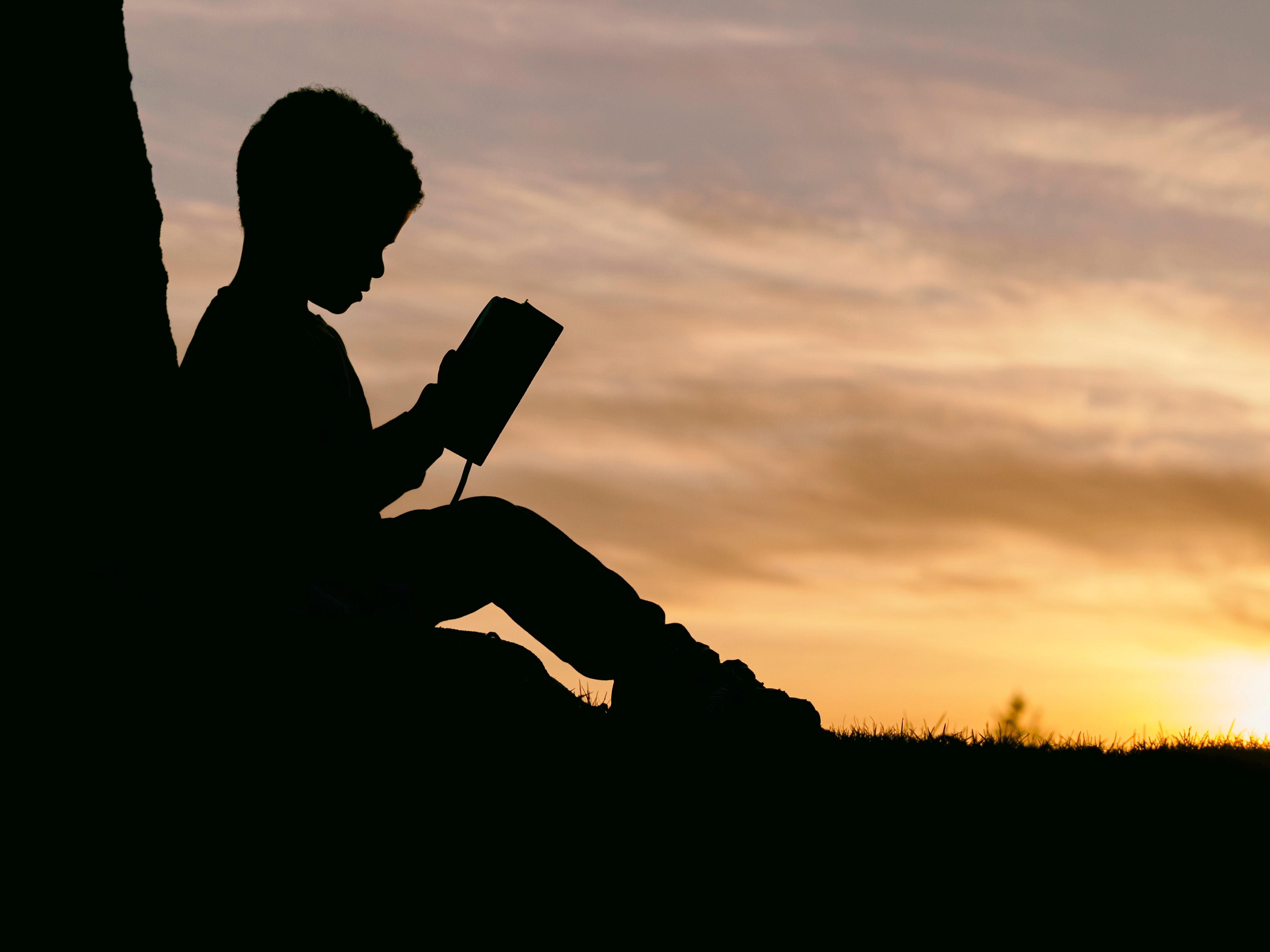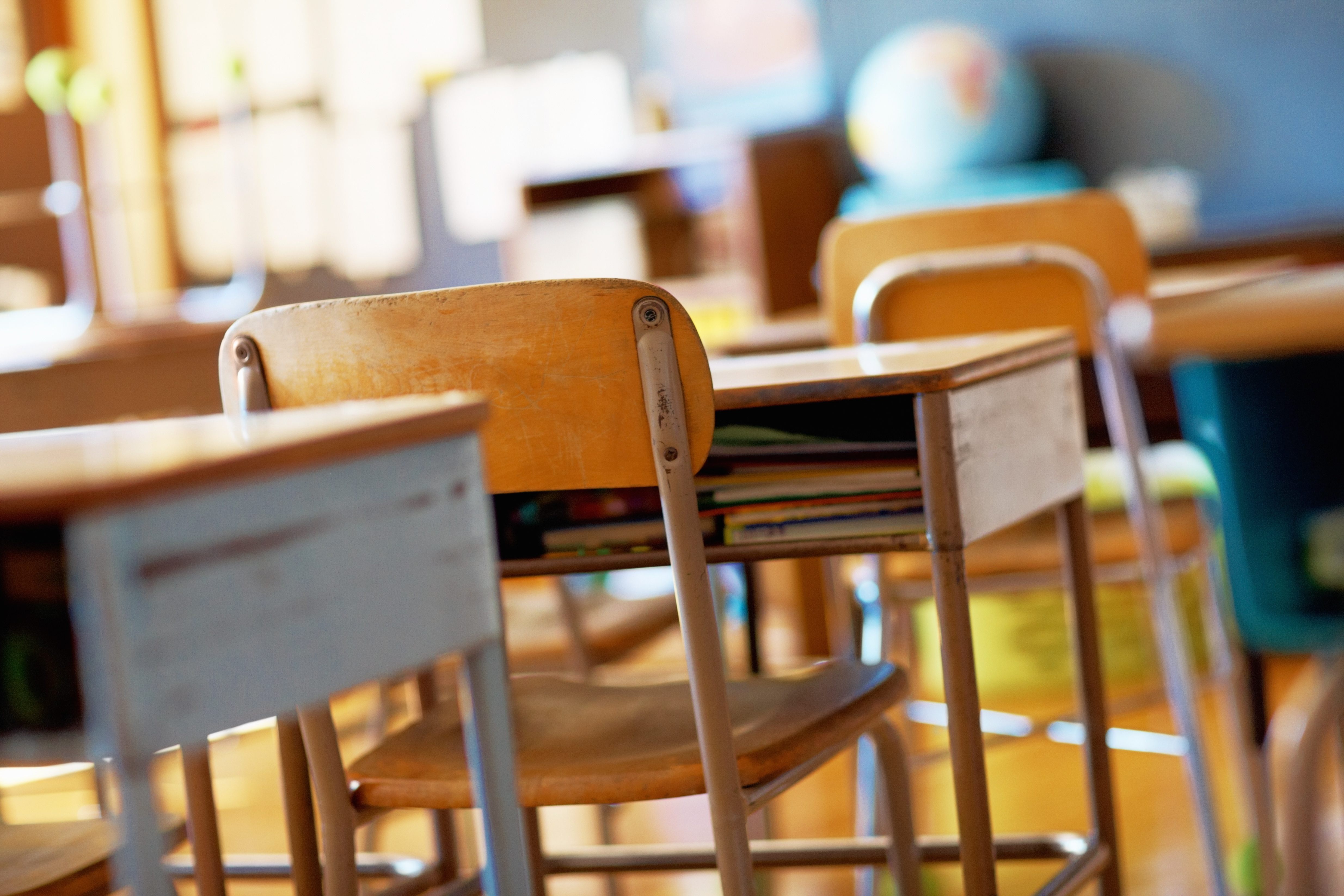We believe that gun violence is a public health crisis and that we must figure out ways to live with guns while 1) employing measures to make them safer and 2) keeping them out of the hands of those who may cause harm to themselves or others. We’ve examined a few of the programs which seek to address these issues at the local level.
The program most successful in reducing violent crime and gang violence:
Group Violence Intervention, aka Ceasefire
Goal: To reduce violent crime and gang violence through a strategy of prevention, intervention and suppression.
History: First demonstrated as Operation Ceasefire in Boston in 1996. The original strategy was sponsored by the National Institute of Justice and co-directed by David M. Kennedy, Anthony Braga and Anne M. Piehl of Harvard University. The program is now affiliated with the National Network for Safe Communities and has been implemented nationally in over 30 cities. Different cities call the program by different titles.
Facts You Should Know:
Core Elements of Program: GVI has repeatedly demonstrated that violence can be dramatically reduced when a partnership of community members, law enforcement and social service providers directly engages with the small and active number of people involved in street groups and clearly communicates a credible moral message against violence, prior notice about the consequences of further violence, and a genuine offer of help for those who want it. Research on the GVI method has found a profound connection between serious violence and highly active criminal groups. A typical city-level finding is that groups representing under 0.5% of the city’s population will be connected as offenders, victims or both in 50-75% of all homicides in the city.
- “Call-ins” are a central method of communication. They create an opportunity for offenders serving probation and parole sentences for violent crimes and currently involved with gangs/groups to meet resource partners and law enforcement officers face to face. Offenders attend call-ins by “invitation only.” If you get an invitation it means you and your group are already on local, state & federal radars.
- “Pulling Levers:” Each participant is warned that from this point forward, she/he is targeted for vigorous prosecution if the violence does not stop. Those who participate/cooperate are offered incentives such as assistance with job training, housing, childcare, relocation, getting driver’s license, help clearing warrants, mentoring, etc. depending on the resources of the city.
- It is vital that those who participate/cooperate are connected with assistance promised. The program seeks to reduce recidivism and future arrests.
Evaluations:
* The majority of cities participating in GVI programs reported reductions in homicides and shootings. In Boston, the city that developed Ceasefire, the average monthly number of youth homicides dropped by 63 percent in the two years after it was launched. In Pittsburgh, homicides hit a 12 year low in 2017. In Newburgh NY, shootings went from 55 victims in 2015 to 17 in 2017. Oakland CA began the program in 2012 with 126 murders; in 2017 the total was 74. New Haven CT went from 13 homicides in 2016 to 7 in 2017. Law enforcement officials credit GVI strategy for the declines.
* A Campbell Collaboration systematic review of focused deterrence strategies known as “pulling levers” found a statistically significant positive effect on reducing crime. Group/ gang intervention programs had the largest effect.
* The National Institute of Justice’s Crime Solutions website gives the program its highest evidence rating, one of few programs which received the designation. Details at www.crimesolutions.gov
For More Information:
- National Network for Safe Communities, “Group Violence Intervention,” https://nnscommunities.org/our-work/strategy/group-violence-intervention
- Lois Beckett, “How the Gun Control Debate Ignores Black Lives,” Pro Publica, Nov. 24 2015. https://www.propublica.org/article/how-the-gun-control-debate-ignores-black-lives
- Anthony Braga and David Weisburd, “The effects of ‘pulling levers’ focused deterrence strategies on crime,” Campbell Collaboration, March 4 2012. https://www.campbellcollaboration.org/library/pulling-levers-focused-deterrence-strategies-effects-on-crime.html
Programs which complement GVI:
Becoming a Man
The Youth Guidance organization creates and implements school-based programs to help youth overcome obstacles, focus on education, and succeed in life.
- The program was originated in 1969 in Chicago schools, focusing on young men in disadvantaged communities. The programs are based on weekly group sessions, individual and family counseling, and linkage to services. There is also a component for workforce development and job readiness, including job placement, high school support, and college prep.
- In 2017, the program was implemented in Boston.
- There is also a program for young women: WOW (Working on Womanhood.)
Evaluation: A study by the University of Chicago Urban Lab covering the period from 2013-2015 showed a 50% reduction in violent crime arrests, a 35% reduction in total arrests, and increased on-time high school graduation of 19% in areas where the program operates.
For more information:
- Youth Guidance, “Becoming A Man,” www.youthguidance.org/bam/
- Reducing Violence and Increasing Graduation, University of Chicago Urban Lab https://urbanlabs.uchicago.edu/projects/becoming-a-man
Cure Violence, a public health model
The program operates on the premise that like an infectious disease, violence is better understood and more successfully treated as an epidemic. Violence is treated using methods and strategies associated with disease control. Methods include: deleting and interrupting transmission/conflicts, identifying and treating high-risk individuals to reduce disease/violence, and changing community & social mores.
- To Interrupt Transmission – The program utilizes outreach workers who are highly trained, live in the community, are known to high-risk people, and are culturally appropriate, similar to indigenous workers used in the public health model. They are trained to detect potential shooting events, mediate conflicts, and keep safe in dangerous situations.
- Identifying and Changing the Thinking of Highest Risk Potential Transmitters – They act as mentors and provide multiple weekly counseling sessions and social services regarding drug abuse, housing, employment assistance, as well as providing conflict resolution when there has been a shooting, visiting shooting victims at hospitals to begin the process and avoid escalation.
- Changing Social Mores – They utilize public education, community events, responses to shootings, and community mobilization to change group and community norms related to the use of firearms. They educate on health elements such as: the neurological effects of violence, public health intervention, socio-behavioral science, and violence as a contagion (example: intergenerational transmission).
- Coordination with law enforcement –Foster understanding that the program and law enforcement are both working on the same issue, primarily interested in reducing violence, focused as working with the community and relying on data to guide implementation.
- The program operates in several cities including Philadelphia, New York City, Baltimore, and Chicago.
Evaluations:
There have been numerous independent studies of Cure Violence programs documenting the results of the programs. For example: The John Jay College of Criminal Justice in New York City research and evaluation of Cure Violence, NYC in 2017 showed there was a 30% reduction in shootings compared to previous years, a 37-50% reduction in gun injuries in two of the communities participating, and a 63% reduction in one other community. There was also an 18% reduction in killings across 13 Cure Violence sites.
For information on other studies, visit http://cureviolence.org/results/scientific-evaluations/
Gun safety campaigns:
Safe Firearm Storage – Best Practices
We have a problem:
A 2016 survey by Johns Hopkins Bloomberg School of Public Health concluded that 54% of gun owners do not practice safe storage. 1/3 of handguns are kept loaded and unlocked. 75% of guns used in youth suicide attempts and unintentional shootings are stored in the residence of the victim, relative or friend.
To reduce firearm injury, the safest home is one without firearms. If firearms are in a home, locking, unloading, and separating ammunition can significantly reduce, but not eliminate, the risk of a child being harmed.
Key characteristics of effective campaigns:
- Clinical intervention, especially among pediatricians, to promote safe firearm storage; consultations following a psychiatric crisis are particularly effective at prompting parents to practice safe storage.
- Free distribution of gun locks are most effective at actually getting people to safely store firearms.
- Broad community engagement is needed; partnering with groups that garner respect among gun owners is particularly effective (law enforcement, hunting & outdoor organizations, active-duty military, NRA).
- Educational component, like the BeSMART program.
One model program is the Broward Co. FL’s Lock-It Up program started in 2018 by the local League of Women Voters. They’ve formed a broad coalition of pediatricians, mental health providers, preschools, churches, organizations like Moms Demand Action, and governmental institutions. Visit our Legislation post for effective legislative solutions.



